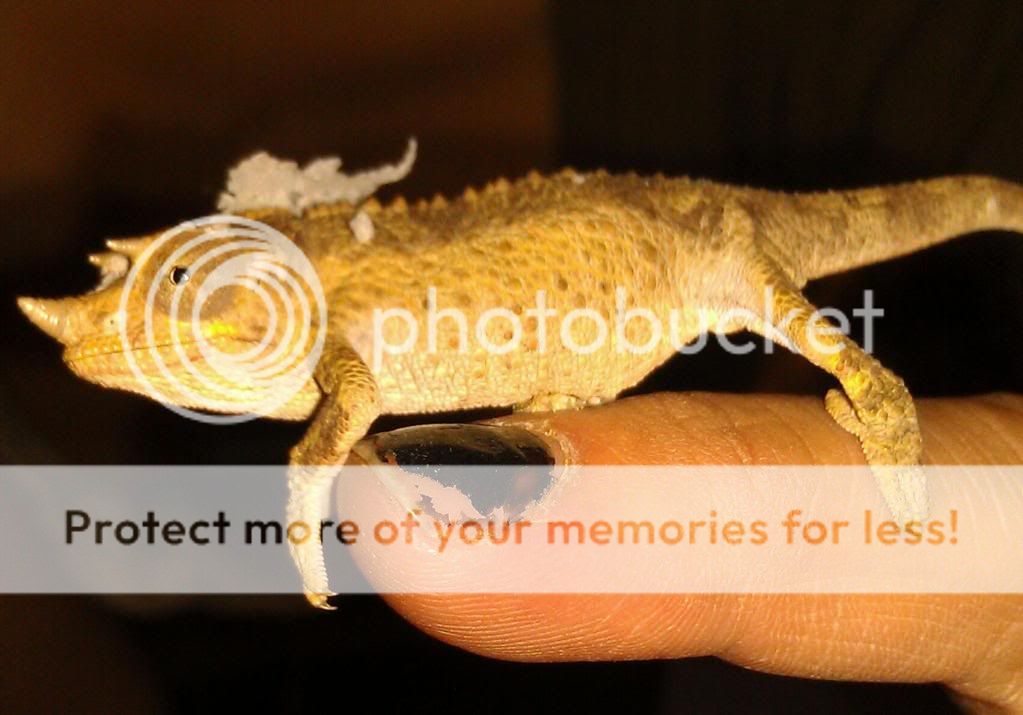jojothefirst
New Member
Xanth females generally have no horns and meru females generally have none or one.
But t.j.jacksonii females have 3 so I have researched how to tell males and females apart as babies and can not get a good answer.
At what age are males horns obviously bigger than the females?
Can they be sexed in the same way as panthers by looking at the base of there tail?
Would be awesome if anyone could show me some pics of baby or young T.J jacksonii.
Thanks in advance.
But t.j.jacksonii females have 3 so I have researched how to tell males and females apart as babies and can not get a good answer.
At what age are males horns obviously bigger than the females?
Can they be sexed in the same way as panthers by looking at the base of there tail?
Would be awesome if anyone could show me some pics of baby or young T.J jacksonii.
Thanks in advance.


